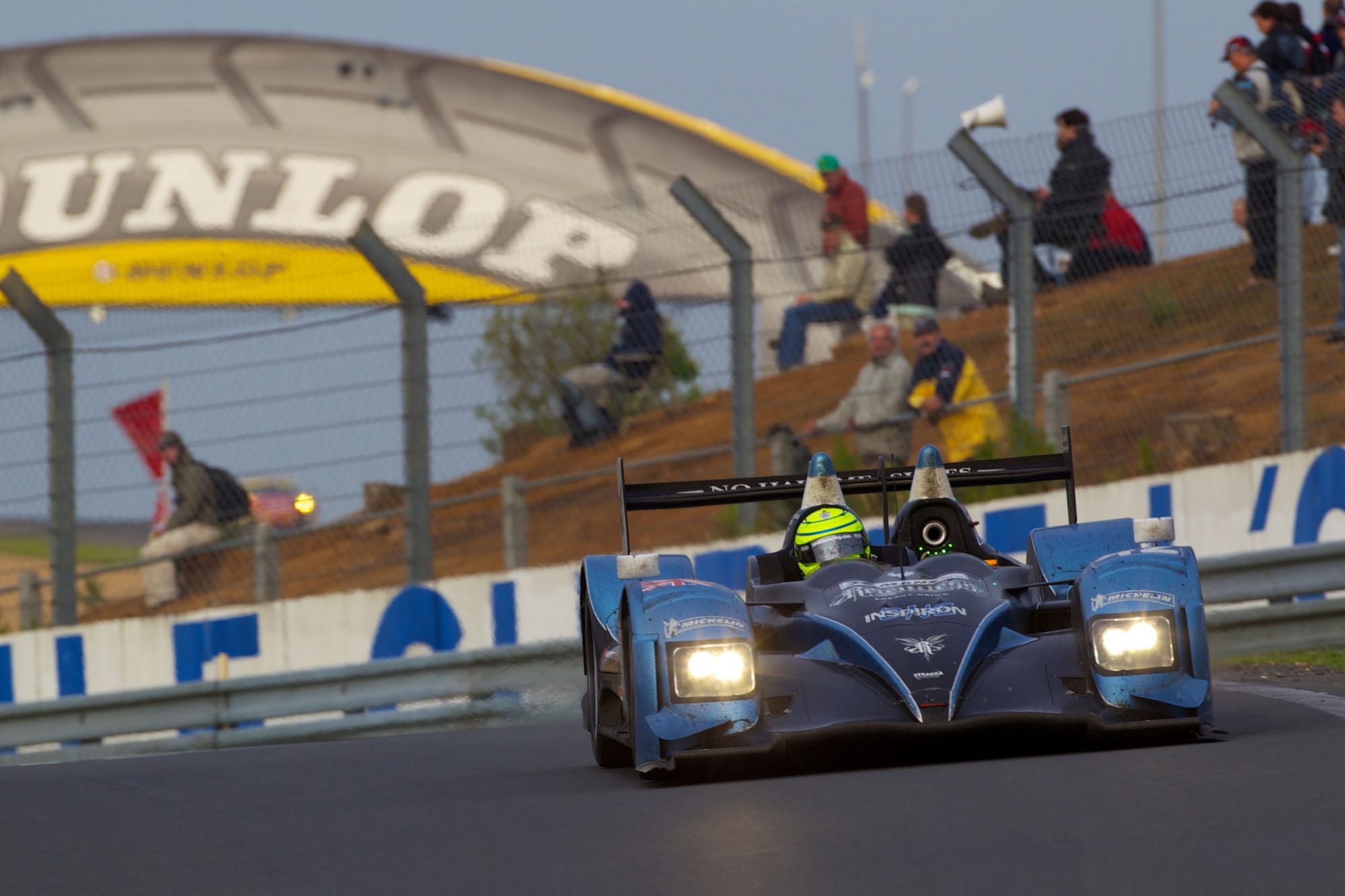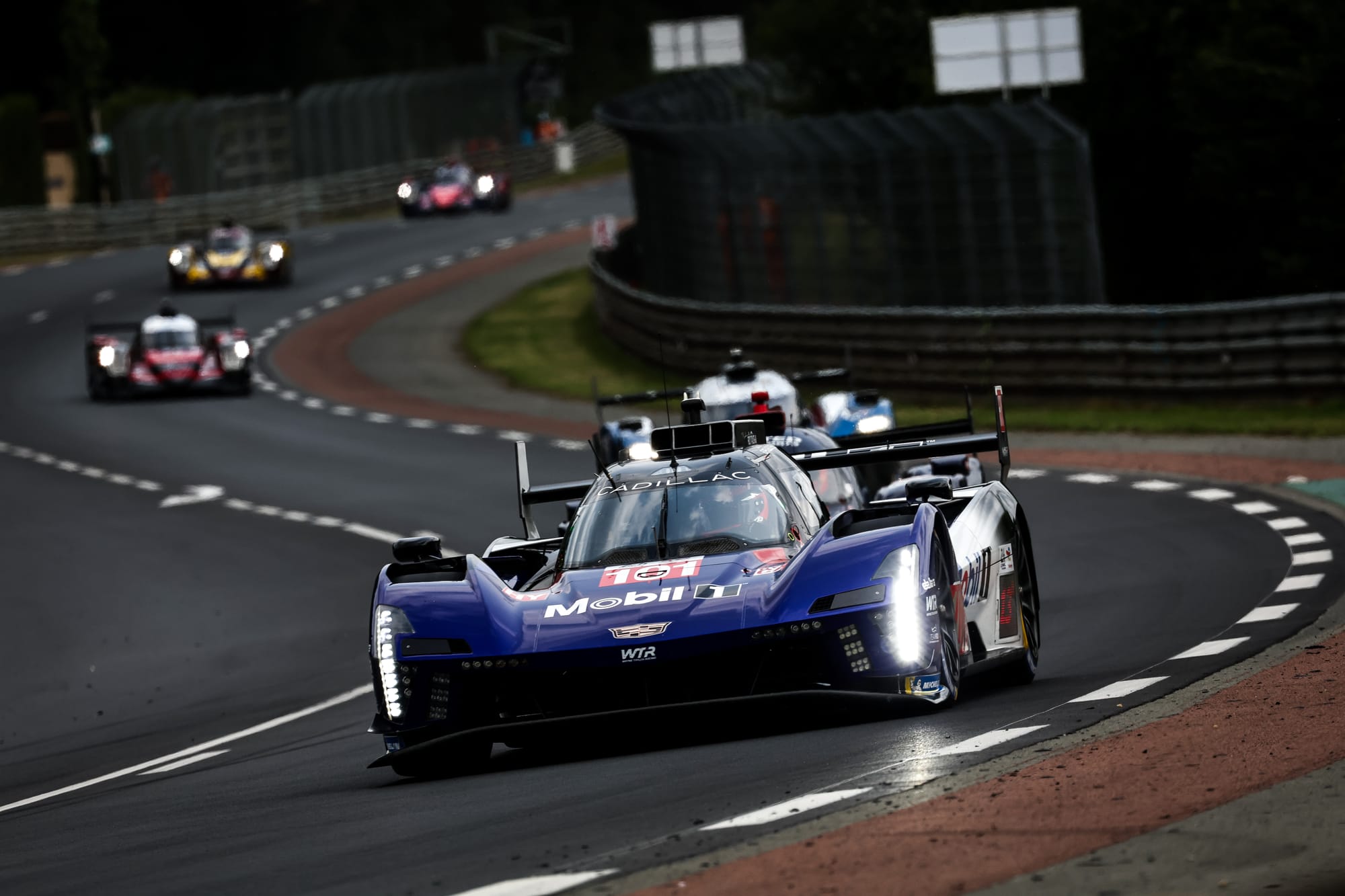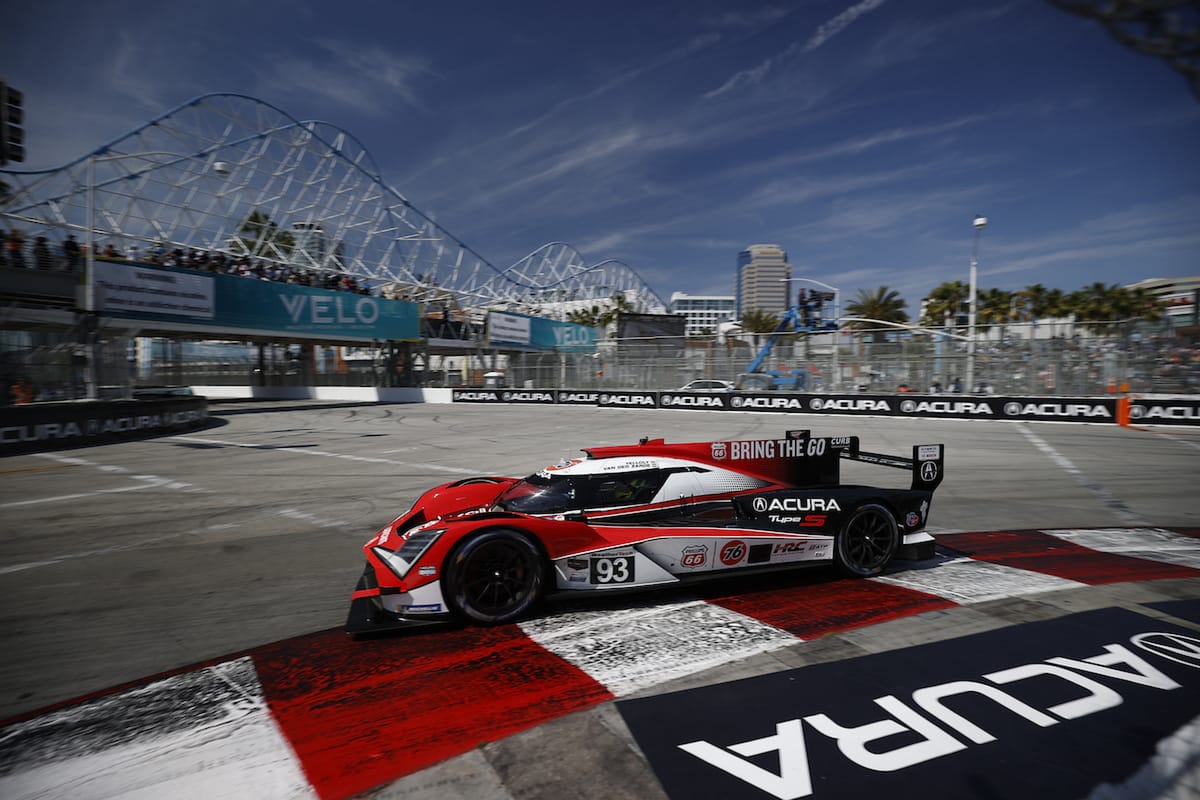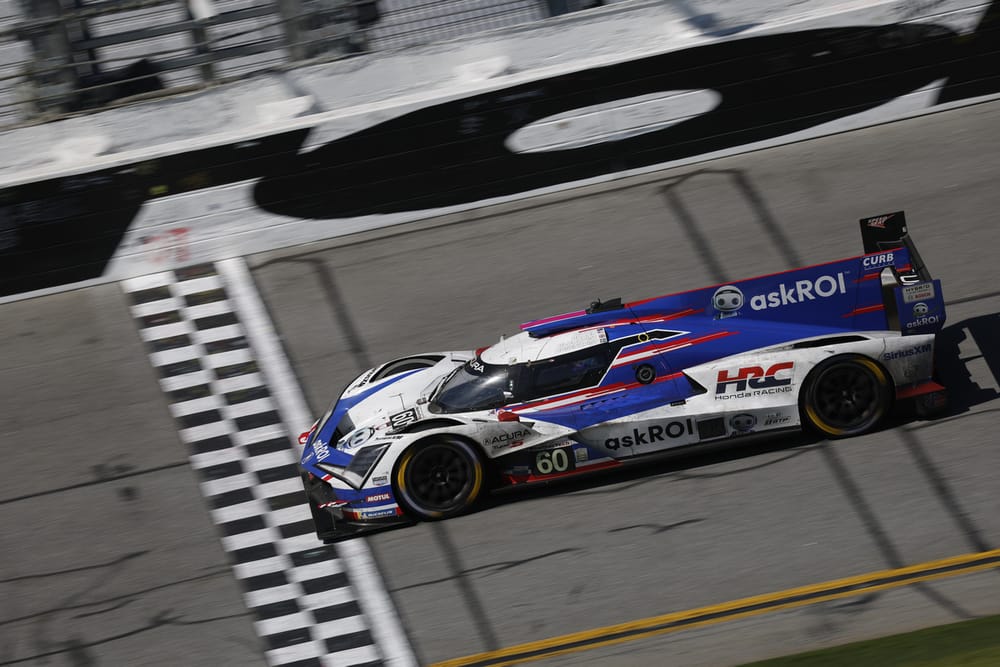This Saturday at 4pm, eight manufacturers will take on the 93rd edition of the 24 Hours of Le Mans: Alpine, Aston Martin, BMW, Cadillac, Ferrari, Peugeot, Porsche, and Toyota.
Of all the manufacturers with a car complying with Hypercar regulations, two are missing: Lamborghini, which decided to focus on the IMSA SportsCar Championship’s endurance races due to budget constraints and its split with Iron Lynx, and HRC (Honda Racing Corporation).
Get ready for the Le Mans 24 Hours with The Race
- What we learned from the Le Mans test day
- Schumacher's finally embracing post-F1 life - and it's paying off
- Is the other Aston Martin project as lacklustre as it's looked?
Honda’s Acura ARX-06 began its third season of competition in January, demonstrating excellent performance. It won the Daytona 24 Hours in 2023, Petit Le Mans in 2023, the Sebring 12 Hours in 2024, and most recently the Detroit Grand Prix on May 31, with Meyer Shank Racing.
Built on an ORECA chassis as effective as the twin-turbo V6 Acura engine mounted on it, the ARX-06 is a beast. So why isn’t it racing outside IMSA?
Honda and Le Mans: A short story...

Honda doesn’t have much of a legacy at the Le Mans 24 Hours. It first entered the French endurance classic in 1994 with a NSX.
The very next year, Honda finished eighth overall while winning the GT2 category. Present again in 1996 but forced to retire, the brand has only returned through privateer teams between 2010 and 2013.
Even then, it was under the HPD (Honda Performance Development, the former name of HRC US) banner. In 2010, Strakka Racing won in LMP2 with the HPD ARX-01c (pictured above). Starworks Motorsport followed suit in 2012 with the ARX-03b. But since then, nothing...
What prevents Acura from entering the Le Mans 24 Hours?

Every year, some teams not entered full-time in the World Endurance Championship ask for an invitation to Le Mans. That’s the case in 2025 for two of Acura’s IMSA rivals: Cadillac teams Wayne Taylor Racing (pictured above) and Action Express Racing. And the ACO would have been foolish to turn them down.
But Cadillac is officially entered in the WEC via Team Jota. That might seem like a small detail, but it changes everything.
Indeed, Article 3.2.3 of the Le Mans 24 Hours supplementary regulations stipulates: A manufacturer must enter two cars in the Hypercar FIA World Endurance Championship. In plain terms, as is the case with LMGT3 cars, only Hypercar models homologated for the FIA WEC Championship are eligible. This can be explained in particular by obvious Balance of Performance issues, but also by places on the starting grid.
This is actually one of the reasons Wayne Taylor Racing switched from Acura to Cadillac last winter, as former driver Taylor is obsessed with seeing his team race at Le Mans with both of his sons behind the wheel.
“When we started negotiating with Cadillac, it was clearly a key point in our discussions,” he admits. “It would be a dream for me, the one thing missing from my career as a team boss. I’ve raced and won Daytona and Sebring with my kids. This is the final hurdle before the finish line - then maybe I’ll be ready to stop.”
So why did we believe it would happen?

To be honest, HRC’s absence from the WEC is hard to understand. Especially considering that at the end of 2023, when Honda Performance Development joined Honda Racing Corporation to establish a global Honda motorsports organisation, a WEC commitment was discussed.
“Our goal is to increase the HRC brand and sustain the success of our racing activities and we believe that uniting Honda motorsports globally as one racing organisation will help achieve that,” said Koji Watanabe, the president of HRC Japan.
“Our race engineers in the US and Japan will be stronger together and I am so happy to welcome our US associates to the HRC team.”
“We are thrilled and very proud to join forces with our friends and colleagues in HRC Japan and represent Honda Racing as a global racing organisation,” added HRC US president David Salters. “We will continue to challenge ourselves in US motorsports activities even as we develop our people and technology to compete on a rapidly changing global motorsports stage.”
“We need to look at the WEC,” Salters had added. “We have an amazing, in my humble opinion, ARX-06, which has been the work of our team, ORECA have done a stunning job, and our race teams have done a stunning job. So we were smitten with our ARX-06. And of course, it’s eligible to go to WEC.
“But we have always said we need to evaluate what makes sense, it needs to make business sense, marketing sense, brand sense, and very importantly for me competitive sense, we need to be able to compete.”
Salters has never hidden his personal desire to one day race at Le Mans, and he confirmed it again in March at Sebring.
“The WEC is growing and growing, and who doesn’t want to do the Le Mans 24 Hours?” he told The Race during the Sebring 12 Hours.
The car exists, it’s competitive, and it’s possible to find a team to run it with partial funding, just like in IMSA with Meyer Shank Racing or in the WEC for Cadillac with Team Jota. Isn’t it a shame, then, to miss out on the WEC’s media resonance and more importantly, that of Le Mans?
Why does Honda keep turning down offers?
There are many theories. But right now, we can’t ignore that Honda is investing all its resources - financial and human - into its Formula 1 project. Starting next year, the Japanese giant will power Aston Martin, after years of success with Red Bull.
Another possible explanation is the fierce rivalry among Japan’s three major manufacturers: Honda, Nissan, and Toyota. The last of those is currently the benchmark in the Hypercar class, with only Ferrari having managed to topple it. There’s no way Honda would risk being embarrassed by its biggest rival, it’s a matter of pride.
“We don’t go racing to not compete,” Salters explained in September 2023. “So we constantly evaluate those things. There is now a more formal process to evaluate them because we’re all looking at global motorsports, but the boundary conditions are still the same. We need to evaluate if it makes sense. And we’ll do our due diligence and see what’s best for our company and our people.”
Everything has to align, financially, yes, but also competitively. And to be sure it could fight on equal footing, an LMDh car must realistically be able to challenge for overall victory at Le Mans against LMHs like the Ferrari 499P and, of course, the Toyota GR010 Hybrid. Will that be the case this weekend?
With Genesis arriving in 2026, and Ford and McLaren potentially pushing the number of manufacturers to eleven by 2027, Honda still refuses to join the world stage. Is that irreversible? Today’s truth isn’t necessarily tomorrow’s...


